News Desk
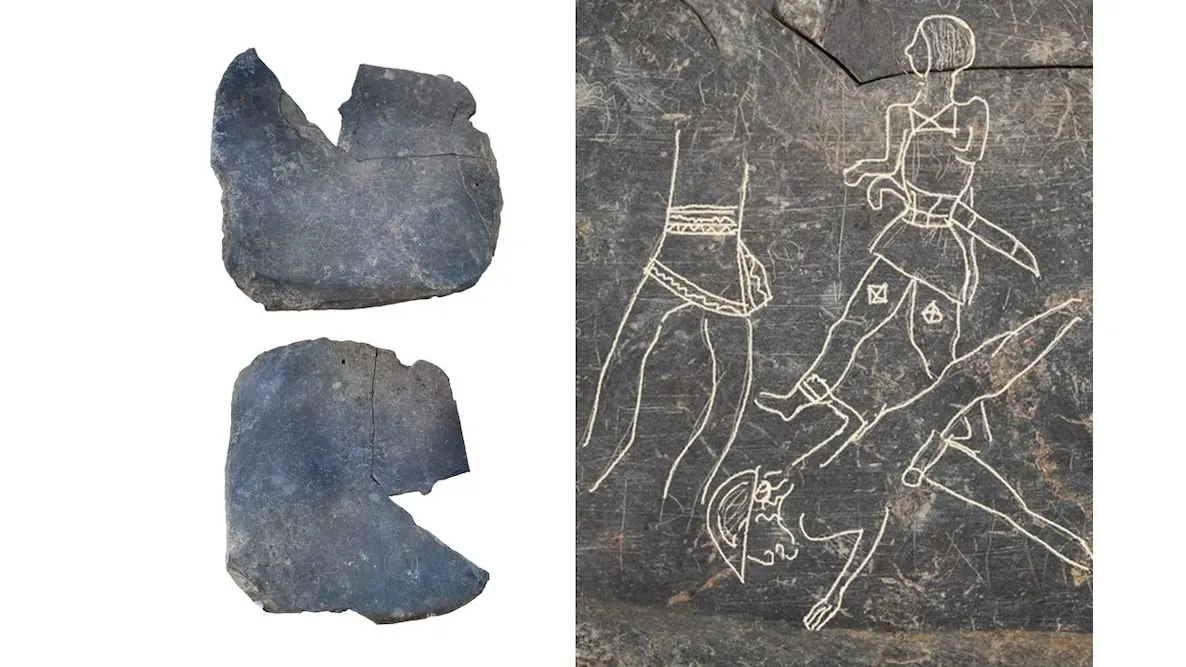
Archaeologists in Spain have discovered a unique tablet containing ancient drawings that depict Tartessian battle scenes and an alphabet.
A recent study published in iScience suggests that psilocybin does not impair learning and may enhance exploratory behavior. The study marks the first investigation into how psilocybin influences reinforcement learning, a type of learning based on rewards and cues.
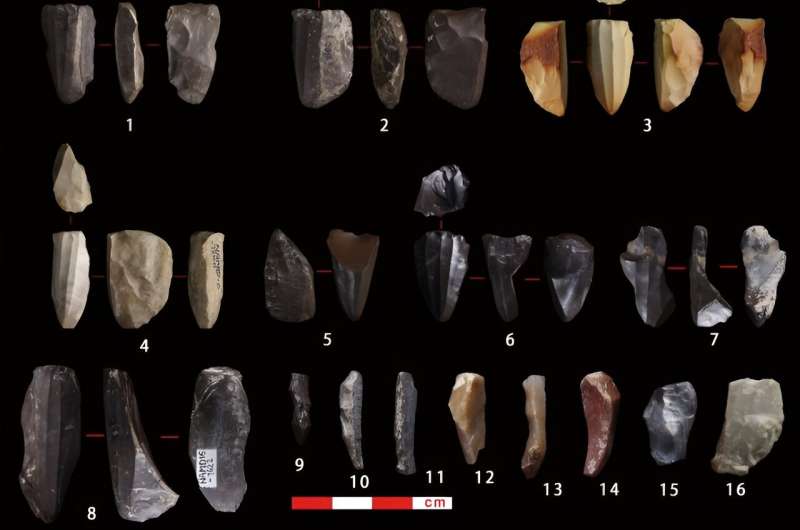
A research team led by Prof. Zhang Xiaoling from the Institute of Vertebrate Paleontology and Paleoanthropology (IVPP), Chinese Academy of Sciences, published a paper entitled “The Earliest Evidence for a Microblade Adaptation in the Remote, High Altitude Regions of the Tibetan Plateau” in Science China Earth Sciences.

According to a new analysis of ancient DNA led by researchers from the Max Planck Institute for Evolutionary Anthropology, the chosen victims have something in common.
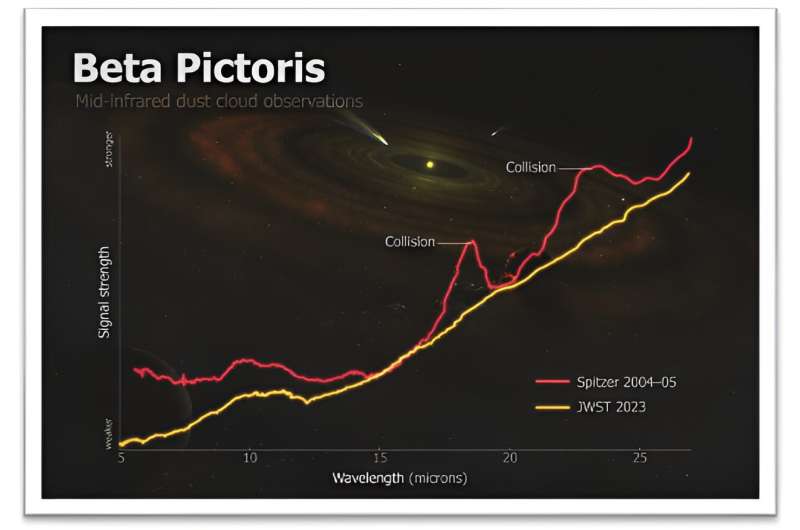
Astronomers have captured what appears to be a snapshot of a massive collision of giant asteroids in Beta Pictoris, a neighboring star system known for its early age and tumultuous planet-forming activity.
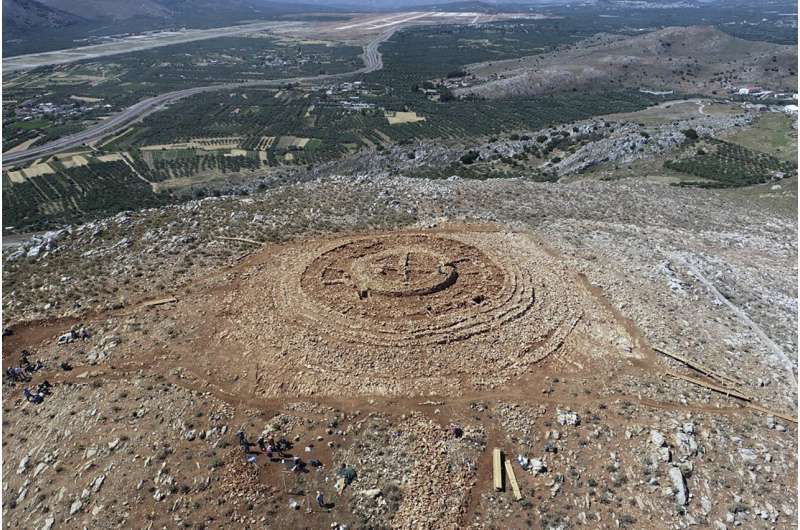
Greece’s Culture Ministry said Tuesday that the structure is a “unique and extremely interesting find” from Crete’s Minoan civilization, famous for its sumptuous palaces, flamboyant art and enigmatic writing system.
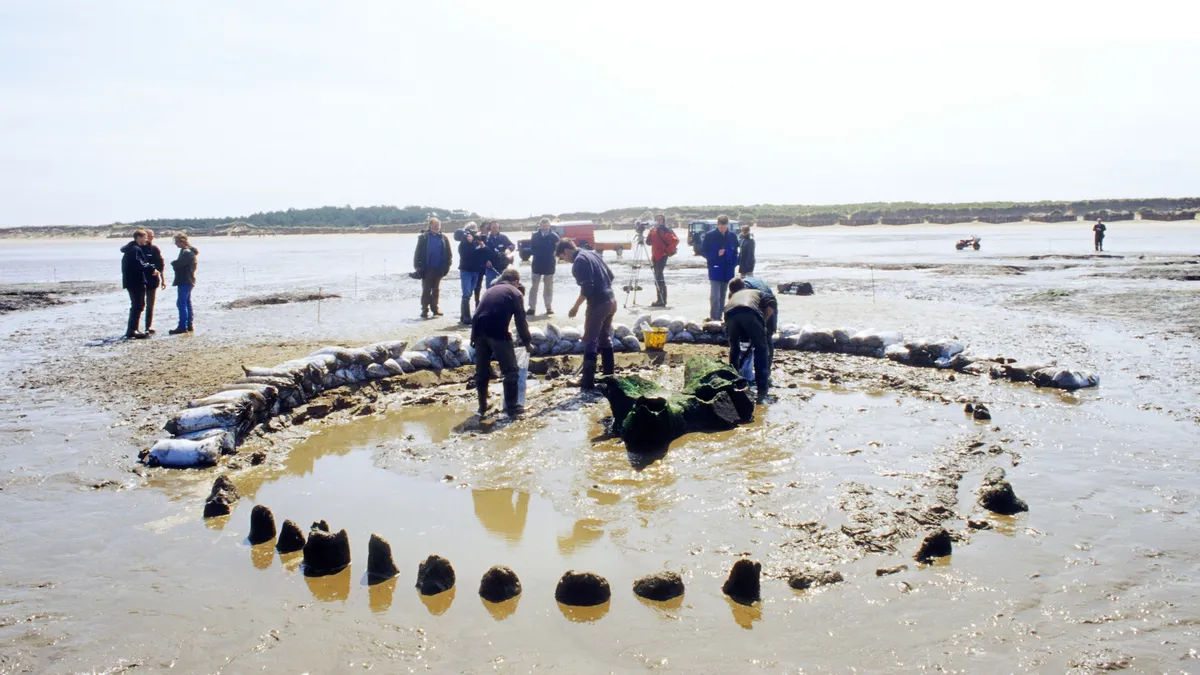
A mysterious Bronze Age wooden circle known as “Seahenge” on England’s east coast was built more than 4,000 years ago in an effort to bring back warmer weather during an extreme cold spell, a new study suggests.

Thin dusting of water ice appears to form overnight in summit craters and evaporate after sunrise, scientists say
The universal equation has been shown to accurately predict the flapping frequency of birds, insects and even long-extinct prehistoric creatures like the flying reptiles, pterosaurs. It even translates to the flapping flippers of swimming creatures like whales and penguins. The study is published in the open-access journal PLOS ONE.

Mysterious dark matter could slosh over our planet like a wave. If it does, it may produce telltale radio waves in Earth’s atmosphere, new theoretical research suggests.
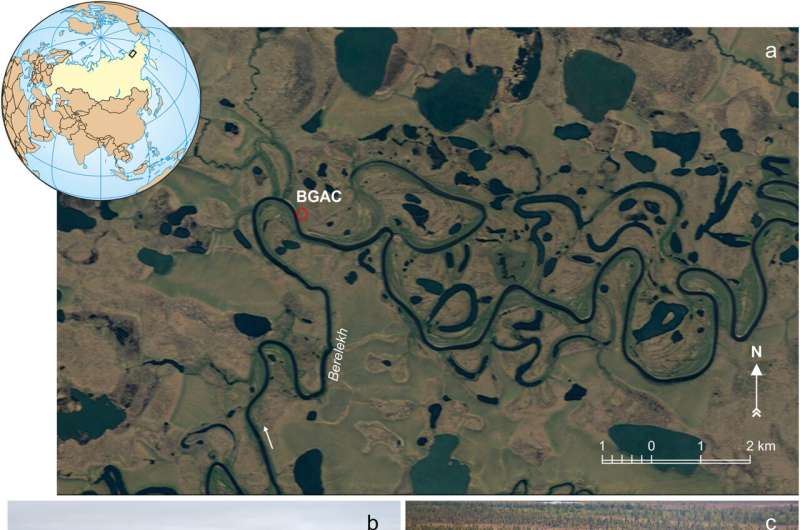
In the East Siberian Arctic (>70 °N), there is not only evidence of significant woolly mammoth populations, but also how humans interacted with them, the focus of new research in Quaternary Science Reviews.
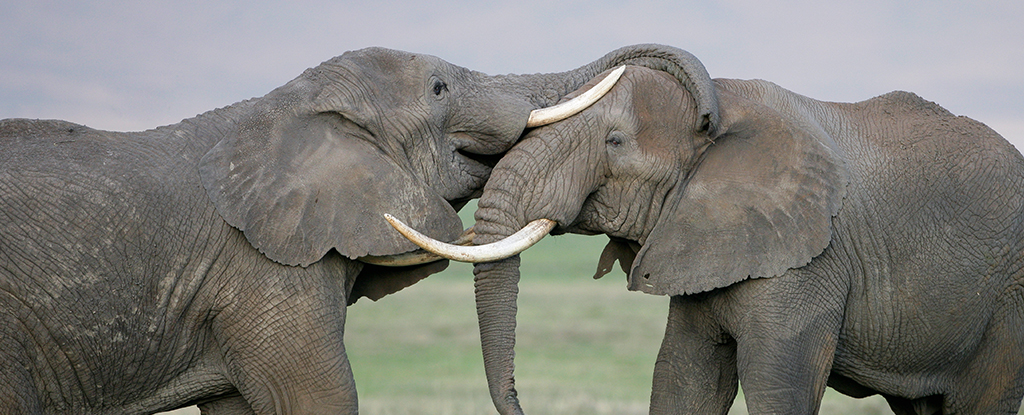
Elephants call out to each other using individual names that they invent for their fellow pachyderms, a study said on Monday.

A new dating technique is used to more accurately estimate time differences between Paleolithic-age hearth fires. In a paper published in the journal Nature, the group describes how their new dating technique works, its accuracy range, and what their findings reveal about Neanderthals living in a river valley in what is now Spain approximately 50,000 years ago.
Psychedelic experiences can lead to a reduction in death anxiety, potentially through altering an individual’s metaphysical beliefs, according to new research published in the journal Death Studies.
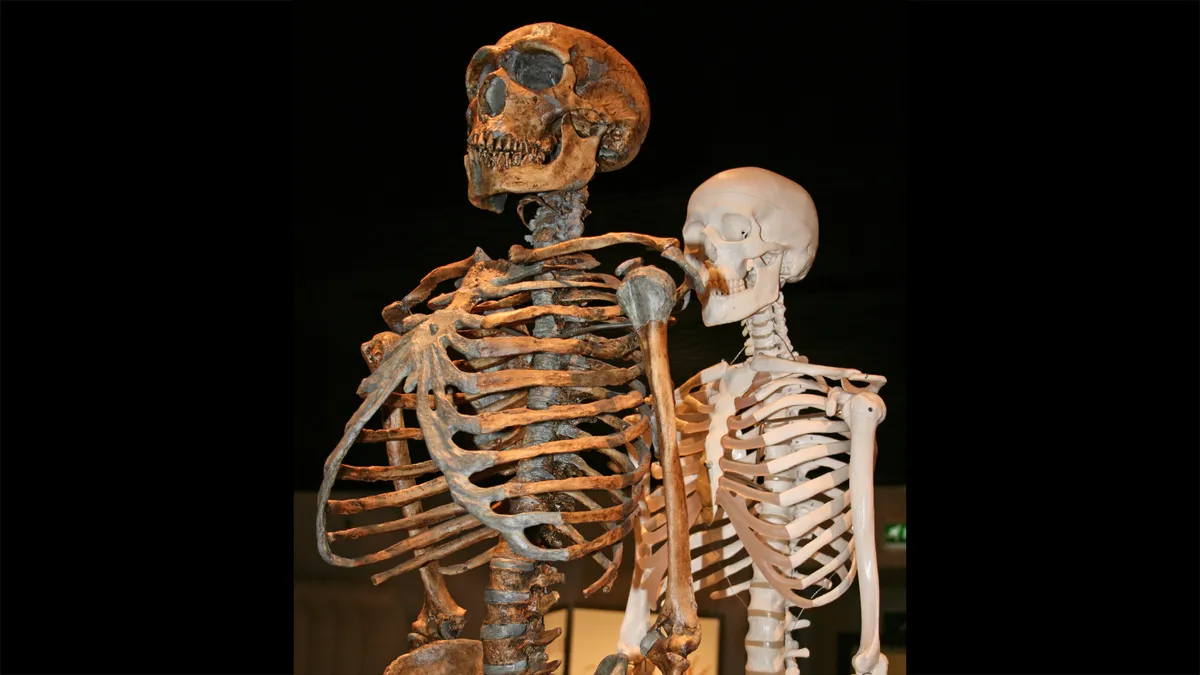
Neanderthal genes seen in modern humans may have entered our DNA through an interval of interbreeding starting about 47,000 years ago that lasted nearly 7,000 years, new research finds.

Earth’s largest remaining tract of tropical rainforest is kept alive by a complex water cycle that we’re only just beginning to understand. Yet our activities are changing it before we can see the full picture, a new report finds.








